Chemical peels are popular aesthetic treatments that use chemical solutions to gently exfoliate skin, revealing smoother, younger-looking skin. With three main types targeting different skin layers, they offer tailored benefits for mild to severe skin concerns like fine lines, wrinkles, hyperpigmentation, and acne scars. Safety and effectiveness require consultation with a qualified dermatologist, followed by proper aftercare and protection from sun damage. Choosing a reputable clinic with licensed professionals ensures positive outcomes from these powerful aesthetic treatments.
Discover the transformative power of chemical peels, among the top aesthetic treatments today. This comprehensive guide unravels the science behind these powerful skin revitalizers, offering a detailed look at various types, benefits, and candidate suitability. From understanding the procedure to safety considerations and follow-up care, you’ll explore everything essential for making an informed decision. Enhance your knowledge of these innovative cosmetic services for achieving youthful, radiant skin.
Understanding Chemical Peels: A Comprehensive Guide

The Science Behind Cosmetic Chemical Peels

Chemical peels are a popular aesthetic treatment that involves applying a chemical solution to the skin to remove its upper layers, revealing smoother and younger-looking skin beneath. This procedure is based on the principle of exfoliation, where the outer layer of the epidermis (the skin’s topmost layer) is gently stripped away, exposing the fresh, new skin underneath. The science behind it lies in the careful selection of chemical compounds that can dissolve the bonds between dead skin cells, allowing them to be easily removed.
Commonly used chemicals include alpha hydroxy acids (AHAs), such as glycolic acid, and beta hydroxy acids (BHAs), like salicylic acid. These acids come in various concentrations, suitable for different skin types and concerns. AHAs are particularly effective in treating fine lines, wrinkles, and hyperpigmentation, while BHAs excel at addressing acne-prone skin by unclogging pores. The procedure’s success relies on the technician’s expertise in choosing the right chemical combination and application method to ensure optimal results without causing discomfort or damage to the skin.
Types of Chemical Peel Treatments Available
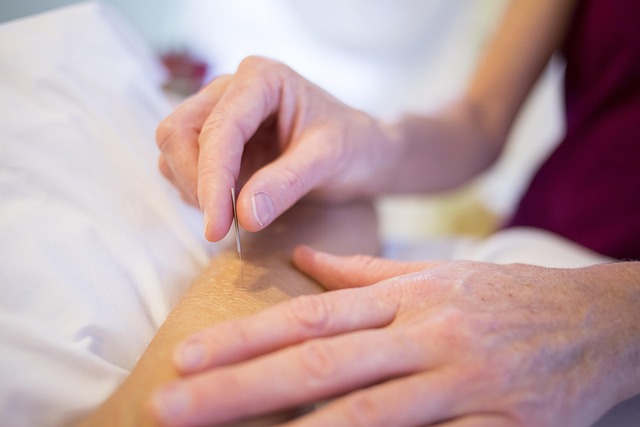
Chemical peels are a popular aesthetic treatment offering various benefits for skin rejuvenation. The key lies in their ability to improve skin texture, reduce fine lines and wrinkles, and enhance overall skin tone. There are three main types of chemical peel treatments widely available:
1. Superficial Peels: These gentle peels work on the uppermost layer of the skin, primarily addressing superficial imperfections like mild acne scars, age spots, and uneven skin tone. Often using alpha hydroxy acids (AHAs) or beta hydroxy acids (BHAs), they provide a brightening effect without causing significant skin trauma.
2. Medium-Depth Peels: Targeting both the epidermis and upper dermis, these peels offer more intensive results than superficial options. Common ingredients include glycolic acid or trichloroacetic acid (TCA). They are effective in reducing moderate to severe acne scarring, fine lines, and age spots, providing a noticeable improvement in skin texture and tone.
3. Deep Peels: The most aggressive of the three, deep chemical peels penetrate the lower dermis, offering dramatic yet potentially more risky results. Typically using phenol or TCA at higher concentrations, they are indicated for severe scar revisions, deep acne scarring, and hyperpigmentation. Due to their potency, these peels require careful consideration and should be performed by experienced professionals.
Benefits and Advantages for Skin Revitalization
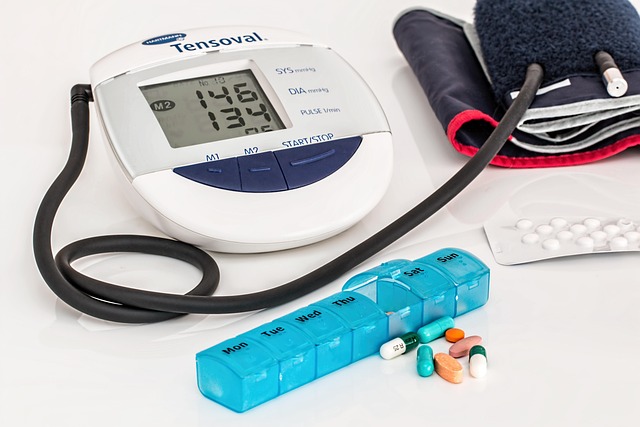
Chemical peels offer a multitude of benefits for skin revitalization, making them one of the most sought-after aesthetic treatments in the industry. By applying a chemical solution to the skin, this procedure helps remove dead skin cells and stimulate the production of new, healthy ones. This process not only improves skin texture but also enhances its overall appearance, reducing signs of aging such as fine lines, wrinkles, and age spots.
One of the significant advantages of chemical peels is their ability to brighten and even out skin tone. They can effectively target hyperpigmentation, leaving the skin with a more radiant and uniform complexion. Additionally, these treatments are versatile, catering to various skin types and concerns, from acne-prone skin to those looking for a boost in collagen production. Many clients appreciate the non-invasive nature of chemical peels, which provides a safer alternative to surgical procedures while still delivering remarkable results.
Candidate Selection: Who is a Good Fit?

Chemical peels are an excellent option for individuals seeking to enhance their skin’s appearance and overall health. The ideal candidates for this aesthetic treatment are those with specific skin concerns, such as fine lines, wrinkles, hyperpigmentation, or acne scars. It is essential to consult a qualified dermatologist or skincare specialist who can assess your skin type and medical history to determine if chemical peels are the right choice for you.
During the consultation, factors like your skin’s condition, sensitivity, and desired outcomes will be considered. While chemical peels are generally safe and effective, certain conditions may contraindicate their use. For instance, pregnant or breastfeeding women, individuals with active acne, or those with certain skin disorders might need to explore alternative aesthetic treatments.
The Procedure: What to Expect During and After
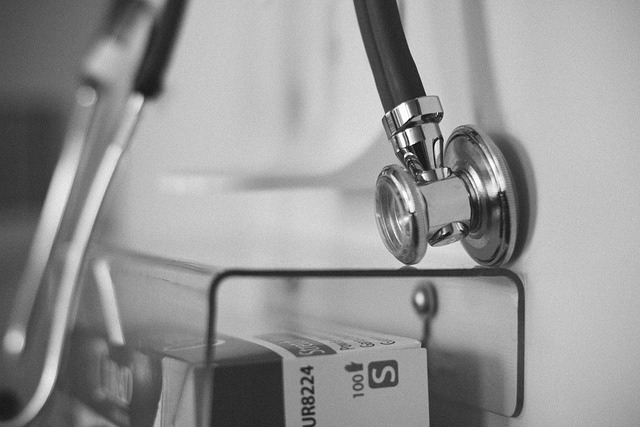
During a chemical peel procedure, a licensed esthetician will apply a chemical solution to your skin, usually on your face, neck, or both. This solution helps to gently exfoliate the upper layers of skin, removing dead cells and revealing smoother, brighter skin beneath. The process is typically quick, with some deeper peels taking up to 30 minutes. You may experience a stinging sensation or mild discomfort as the chemical works, but this usually subsides quickly.
Afterwards, your skin might be red and slightly irritated, similar to a sunburn. This is normal and should subside within a few hours to a day. Depending on the type of peel and your skin’s response, your esthetician may recommend specific aftercare steps, such as using soothing creams or avoiding direct sunlight. Chemical peels are considered safe when performed by professionals and can significantly enhance the appearance of fine lines, wrinkles, and uneven skin tone, making them a popular choice among those seeking aesthetic treatments.
Safety and Potential Side Effects: What Every Patient Should Know

Chemical peels are a popular aesthetic treatment used to improve skin texture, reduce signs of aging, and treat various skin conditions. However, like any cosmetic procedure, they come with some potential risks and side effects that every patient should be aware of before undergoing the treatment. Safety is paramount, and understanding these considerations is essential for making an informed decision.
The most common side effects include temporary redness, swelling, and peeling of the skin, which is a normal part of the healing process. More severe reactions are rare but can occur, especially with deeper peel levels. These may include infection, changes in skin color, and scarring if not performed correctly. It’s crucial to consult with a qualified dermatologist who can assess your skin type, medical history, and goals to determine if chemical peels are suitable for you and provide guidance on managing any potential side effects.
Maintenance and Follow-up Care for Optimal Results
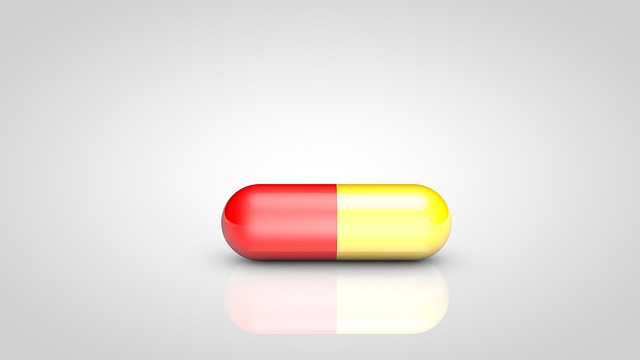
After a chemical peel, proper maintenance and follow-up care are crucial for achieving optimal results from aesthetic treatments. It’s essential to follow your dermatologist or skin care specialist’s advice regarding post-procedure routines. This often includes using gentle, soothing products that are recommended specifically for your skin type and the depth of the peel performed. Staying hydrated is another critical aspect; drinking plenty of water helps support your skin’s healing process and enhances the overall effects of the treatment.
Additionally, protecting your skin from the sun is paramount. Using a broad-spectrum sunscreen with at least SPF 30 daily is recommended to prevent hyperpigmentation and other sun-related damage, which can undermine the benefits of your chemical peel. Avoid using harsh cleansers or exfoliants for a few days after the procedure to allow your skin to recover. Regular check-ins with your dermatologist will also help ensure any concerns are addressed promptly, allowing you to maintain and extend the enhanced appearance of your skin.
Choosing the Right Clinic: Key Considerations for Your Safety and Satisfaction
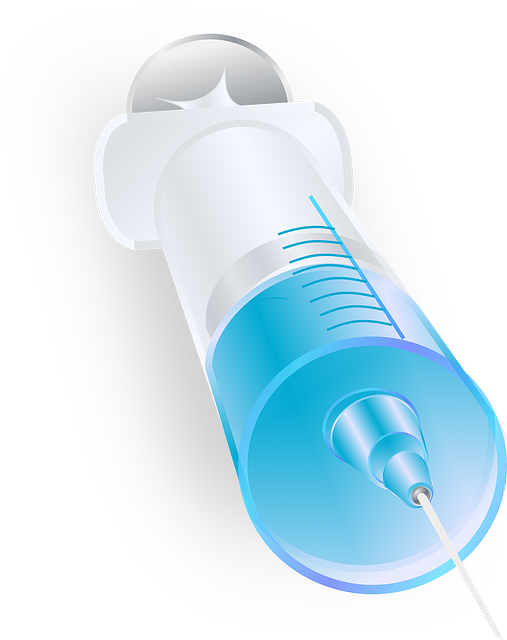
When considering a chemical peel, choosing the right clinic is paramount for your safety and satisfaction with aesthetic treatments. Start by researching their credentials and experience; licensed professionals with a proven track record in chemical peels are essential. Look for clinics that offer a range of peel options tailored to different skin types and concerns, ensuring they use high-quality, reputable products.
Check patient reviews and testimonials to gauge the clinic’s reputation and the effectiveness of their treatments. Verify if the facility follows strict sanitation protocols and uses sterile equipment to minimize the risk of infections. Additionally, experienced estheticians can provide detailed consultations, addressing your questions and concerns, which is crucial for understanding the procedure and managing expectations.
